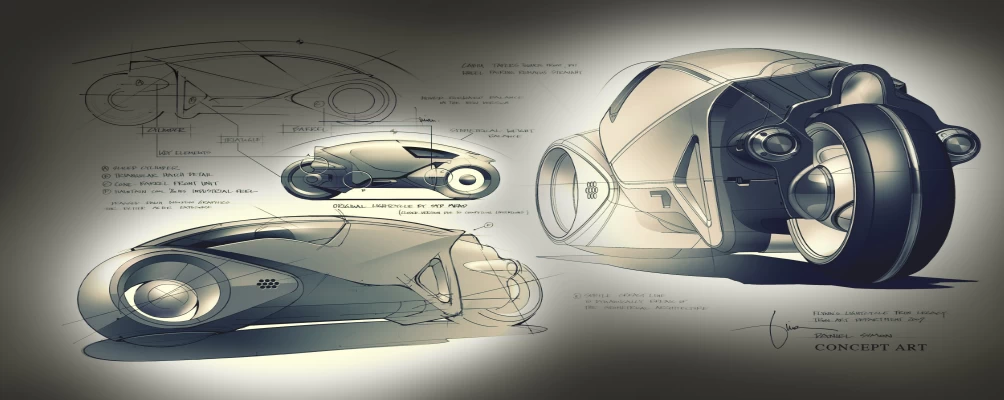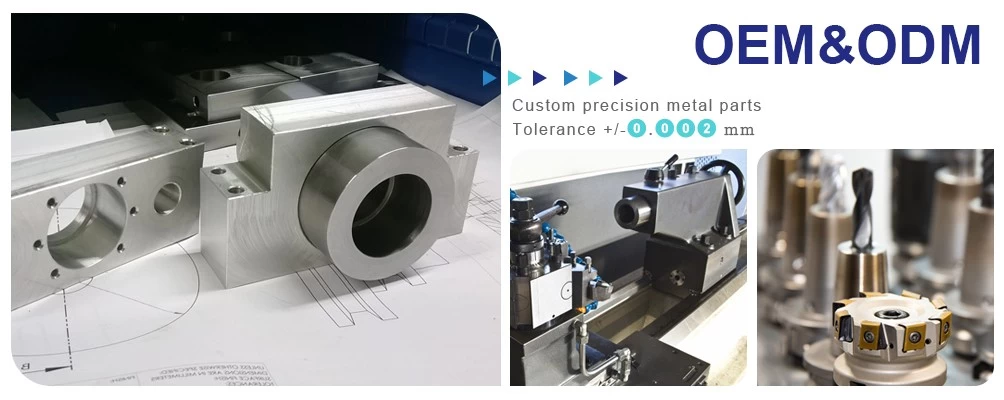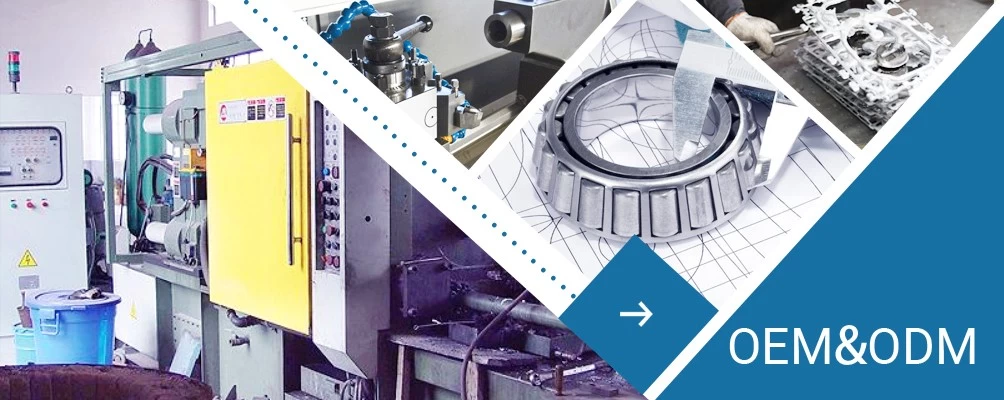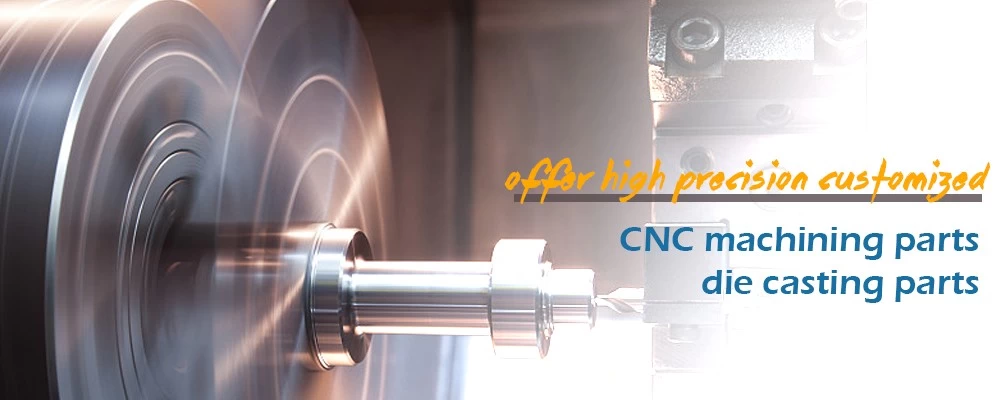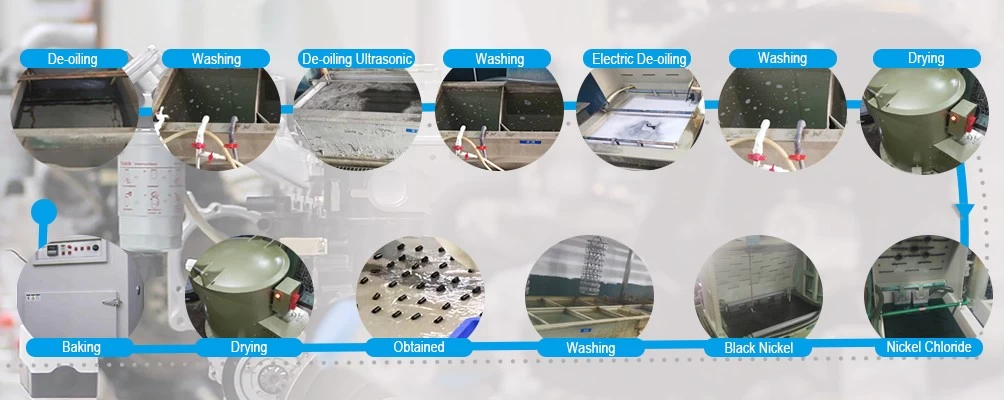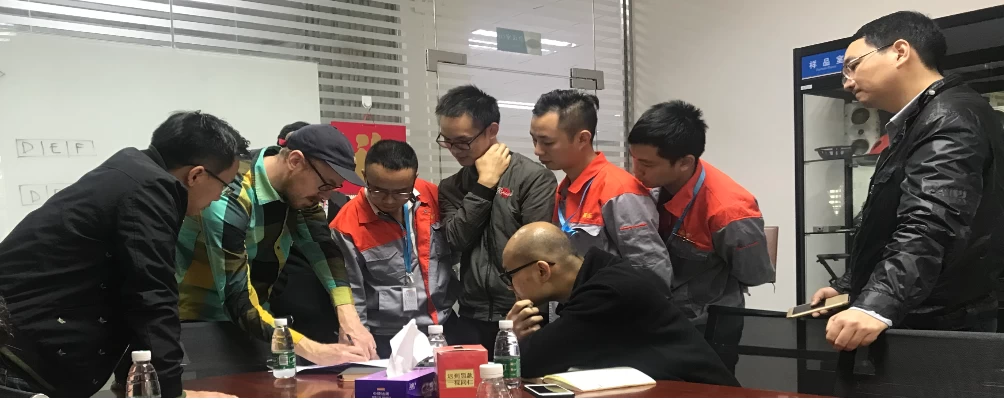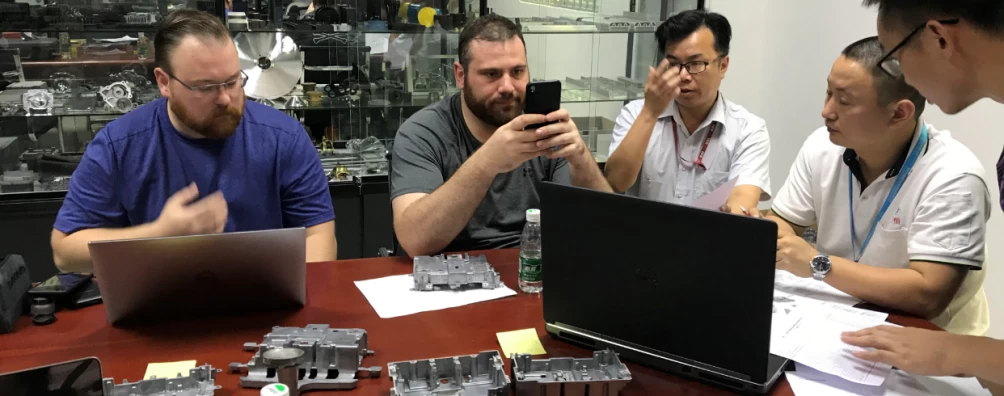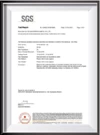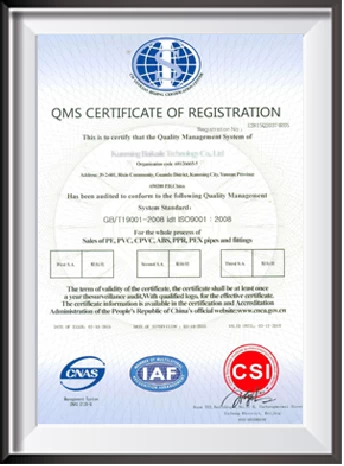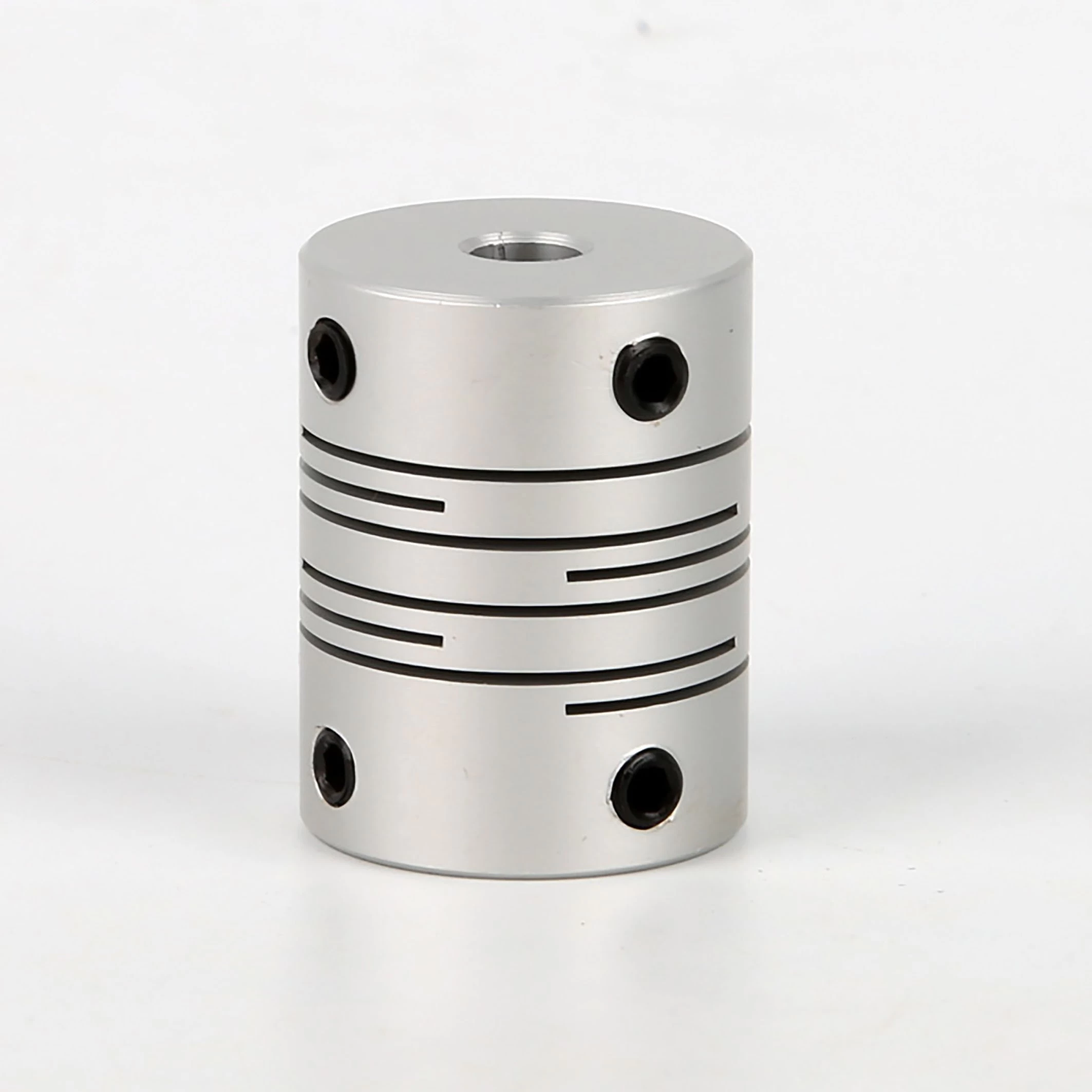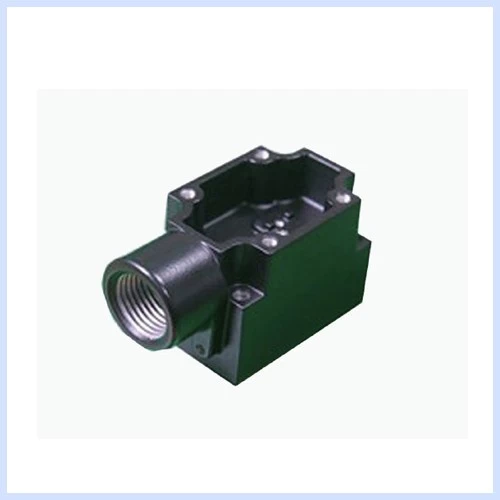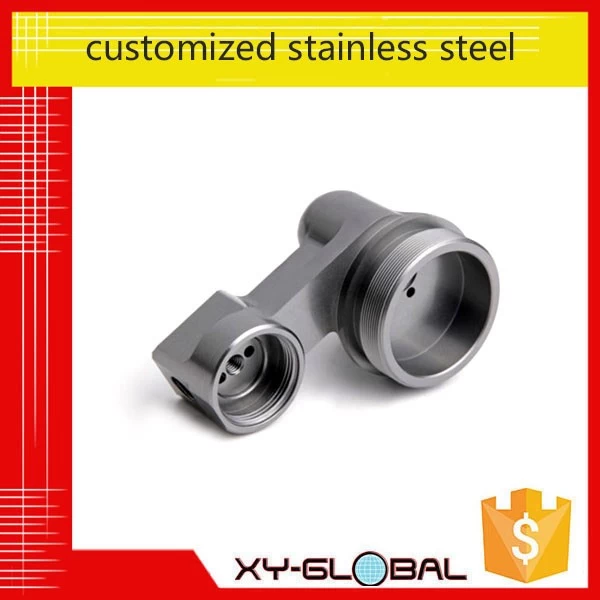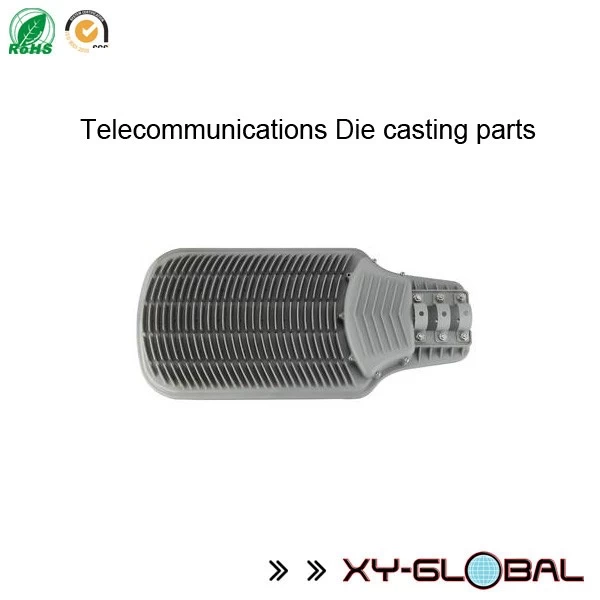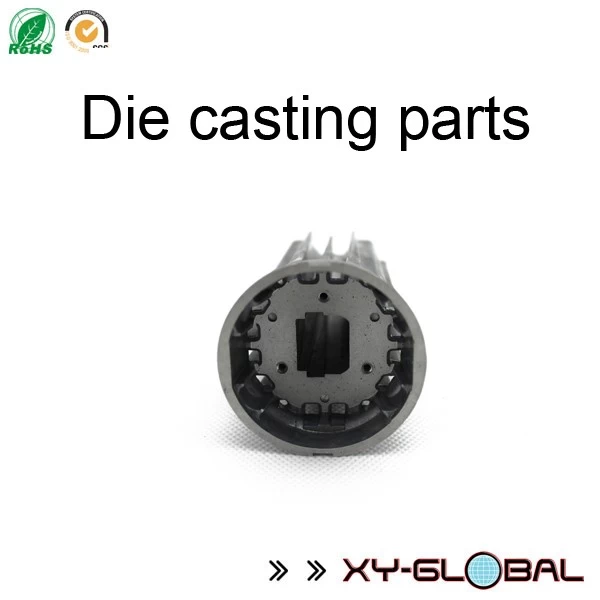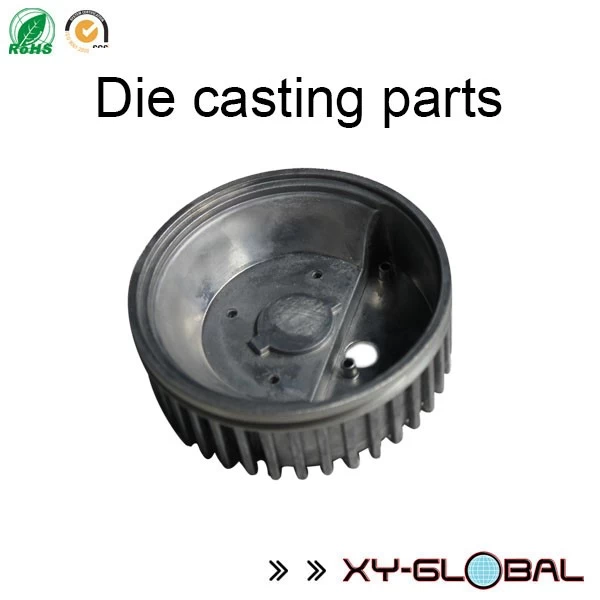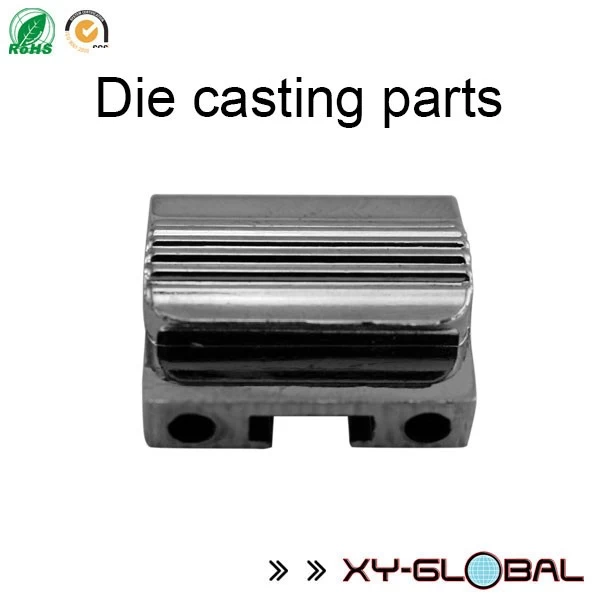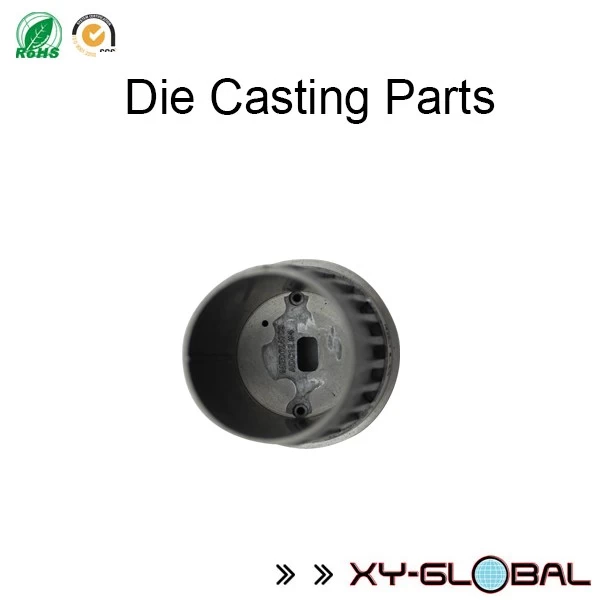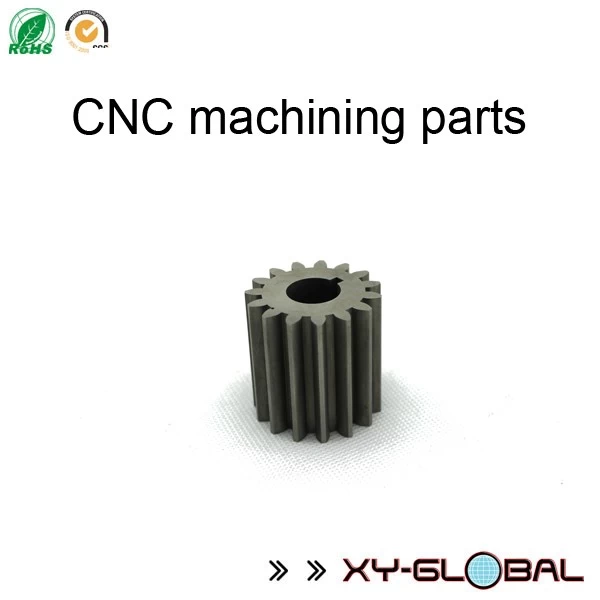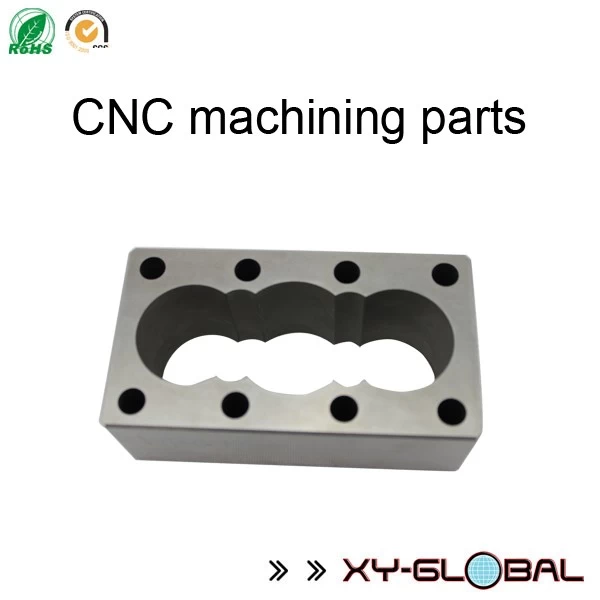Cause analysis and prevention measures of die casting die damage
liuweiqiong
liuweiqiong
2017-08-16 12:45:21
Cause of die damage in die casting (supreme machined parts) production: in die casting production, the most common form of die damage is crack and crack. Stress is the main cause of die damage. The thermal, mechanical and chemical operation, the impact is produced should include power, mechanical stress and thermal stress, the stress produced in the:
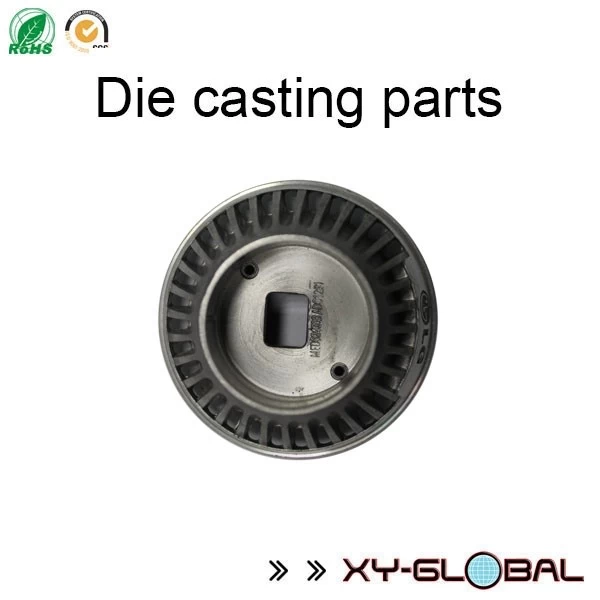
In the process of mold manufacturing
1, blank forging quality problems. Some molds (How Much Do Injection Molds Cost) produce only a few hundred pieces of cracks, and cracks develop very quickly.
2. Cutting stress resulting from finish machining such as car, milling and planing. This stress can be eliminated by intermediate annealing.
3. When grinding the hardened steel, the grinding stress is produced, the friction heat is produced during the grinding, and the softening layer and decarburization layer are produced, which reduces the thermal fatigue strength and leads to hot cracking and early cracks.

4, EDM produces stress. The surface of the mould produces a white bright layer enriched with electrode elements and dielectric elements. It is hard and brittle, and the layer itself has cracks and stresses.
Improper heat treatment during mold (die casting mould price) treatment will lead to die cracking and premature rejection. In the production process of die-casting mold temperature in the mold should be preheated to a certain temperature before production, or when the high temperature liquid metal filling during chilling, causes the mold inner layer and the outer layer of the temperature gradient and thermal stress of the die forming, surface cracking, even cracking.

In the process of mold manufacturing
1, blank forging quality problems. Some molds (How Much Do Injection Molds Cost) produce only a few hundred pieces of cracks, and cracks develop very quickly.
2. Cutting stress resulting from finish machining such as car, milling and planing. This stress can be eliminated by intermediate annealing.
3. When grinding the hardened steel, the grinding stress is produced, the friction heat is produced during the grinding, and the softening layer and decarburization layer are produced, which reduces the thermal fatigue strength and leads to hot cracking and early cracks.

4, EDM produces stress. The surface of the mould produces a white bright layer enriched with electrode elements and dielectric elements. It is hard and brittle, and the layer itself has cracks and stresses.
Improper heat treatment during mold (die casting mould price) treatment will lead to die cracking and premature rejection. In the production process of die-casting mold temperature in the mold should be preheated to a certain temperature before production, or when the high temperature liquid metal filling during chilling, causes the mold inner layer and the outer layer of the temperature gradient and thermal stress of the die forming, surface cracking, even cracking.

